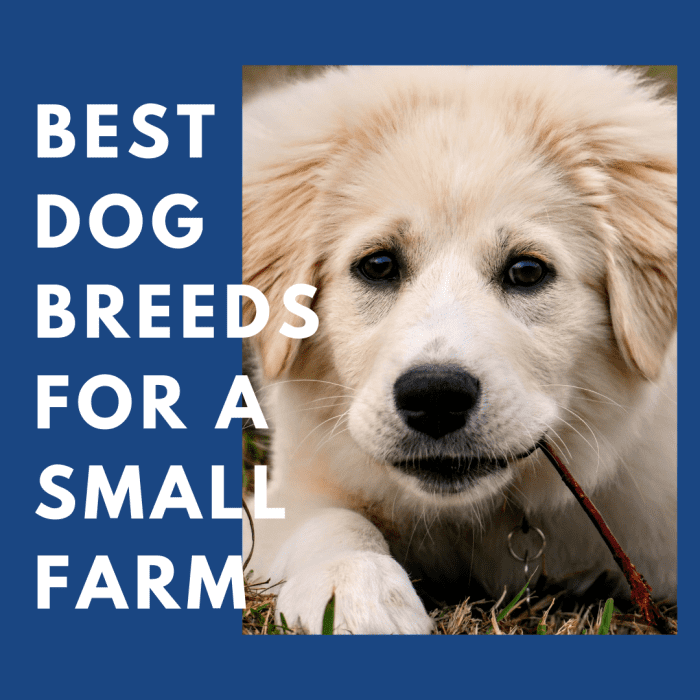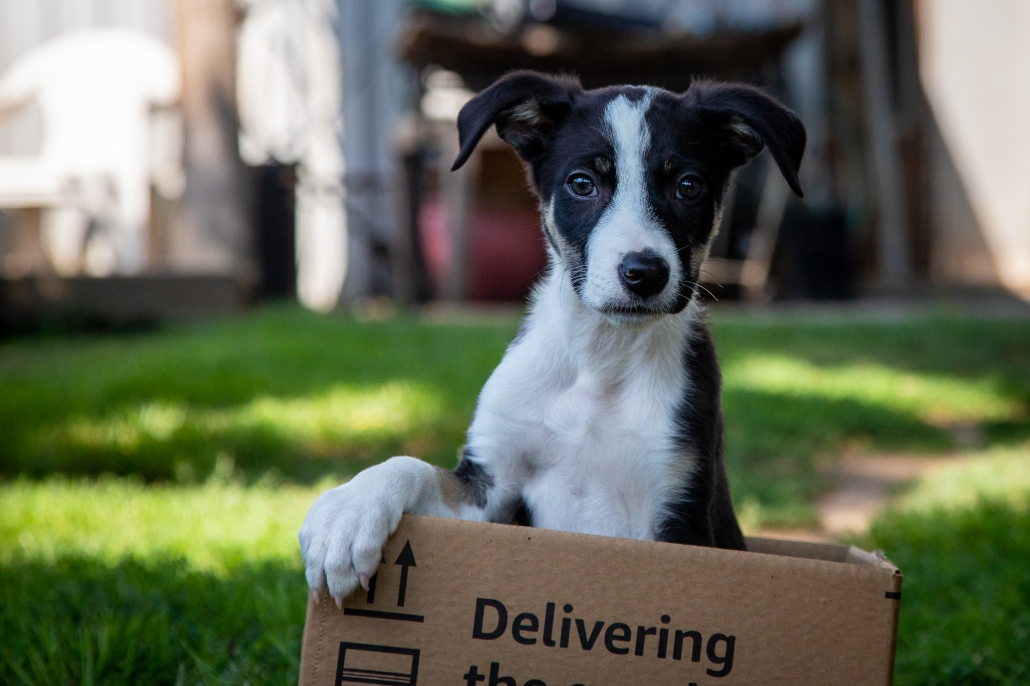

Staffordshire The Tamworth (right) probably the brightest and funniest of pigs and the one most closely related to the ancient forest pig as it hasn’t been mixed with Asian blood (Oxfordshire The appealing spotted ginger Oxford Sandy & Black or ‘Plum Pudding’ pig-which a few dedicated breeders saved from becoming extinct in 1985. In 1810, Comet, a legend in cattle-breeding, became the first 1,000-guinea bull and the Coates Herd-book, established in 1822 by breeder George Coates, is the oldest pedigree herdbook in the world (County pigs Sheep are the furniture of the Border uplands, with such hardy local breeds as the Cheviot (the Brecknock Hill Cheviot (the Lonk (the Roughfell, (the Teeswater (the Swaledale with its ‘burglar mask’ face (and the Wensleydale (Hardiest of all is the Herdwick, whose wool reputedly never wears out (Most famously, however, the area produced Shorthorn cattle, whose genetics have been used to improve 40 breeds, such as the Blue Grey-championed by the Duke of Buccleuch-which is produced by mating a Whitebred Shorthorn bull with any female, but principally a black Galloway. However, Clun Forests have black faces and black legs, probably due to being crossed with Radnors and Long Mynds (On a Borders farm Hereford cattle Originating in Here-fordshire in the 1700s-Queen Victoria was the first patron of the breed society-the red cow with a white face is now found in more than 50 countries (Shropshire sheep Boasts the oldest flock-book society in the UK and is a great rare-breeds success story, saved from extinction by its talent for grazing among trees without shredding them (Clun Forest sheep In 1803, the Rev Joseph Plymley wrote that the nearer one went to Wales, the more white-faced the sheep became. Among the many strains of tough, low-maintenance sheep roaming the Welsh hills, the Black Welsh Mountain, which was selectively bred in the 19th century for its red-black fleece, is perhaps the best known (Kate Humble, however, was determined to have the beautifully marked Badger Face on her Welsh farm (The handsome, rare Brecon Buff goose, developed by Rhys Llewellyn, was recognised as a breed in 1934 The prized Welsh Black cow (could be responsible for the formation of Lloyds Bank in Saxon times, its forerunner, the Bank of the Black Ox, was formed to protect the funds of Welsh farmers, who were frequently robbed on their return from England where they had sold their cattle. Gloucester Old Spot The ‘orchard pig’, or original cottager’s pig, from the watery Berkeley Vale, has definite je ne sais quoi and was the first farm breed to be accorded Traditional Speciality Guaranteed EU status-along with Parma ham and Champagne (On a Welsh mountain farm What is still needed, however, is greater awareness and enthusiasm to buy local, whether it’s meat for the freezer or stock for your pasture. Native-breed meat can be lower in cholesterol, and the animals’ often low-maintenance qualities aid conservation grazing and are ideal for budding smallholders.

But it’s not only that traditional breeds are beautiful-the meat they produce is unsurpassed.’ Local breeds look so right-they just fit in, unlike some of the Continental breeds you see every-where now. When I first came to live in Suffolk, there were fields of Red Poll cattle looking spectacular amid the buttercups.


‘They connect us with the past, they have shaped much of our landscape and they continue to maintain it, but their greatest value is as a genetic resource, both now and in the future. ‘Our native breeds are living history,’ says local food campaigner Caroline Cranbrook. All are valuable for the genetic diversity they offer as protection against disease. Others, however, are long gone-26 native breeds became extinct between 19, swamped by fast-developing Continental breeds-but some, like the Hereford cow, have spread worldwide. Country Life's Top 100 architects, builders, designers and gardenersĪs locally distinctive as stone or soil, many animals are still in situ-The Princess Royal, patron of the Gloucester Old Spot breeders’ club, has the appealing pigs snuffling in a copse at her Gatcombe Park.


 0 kommentar(er)
0 kommentar(er)
